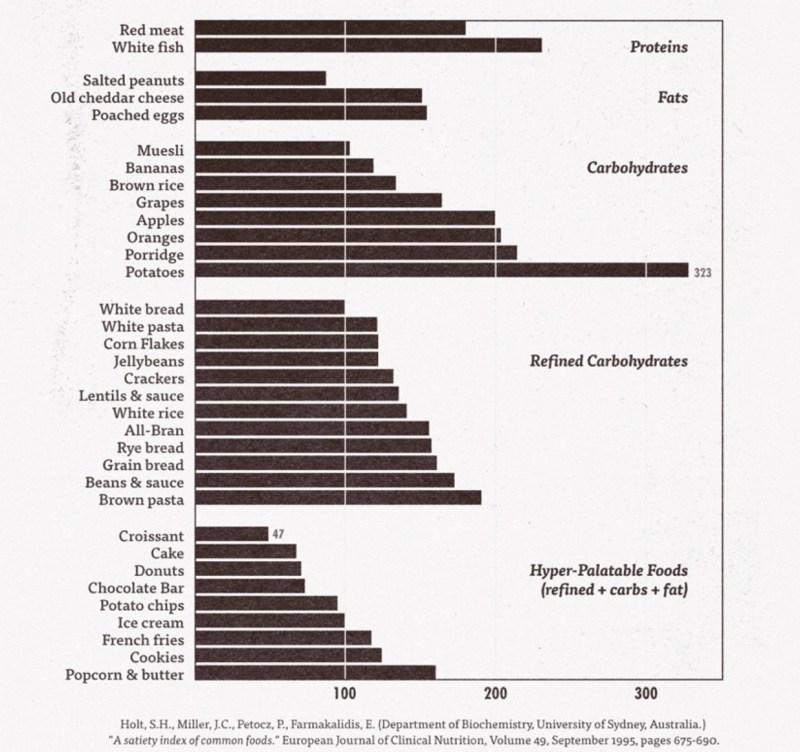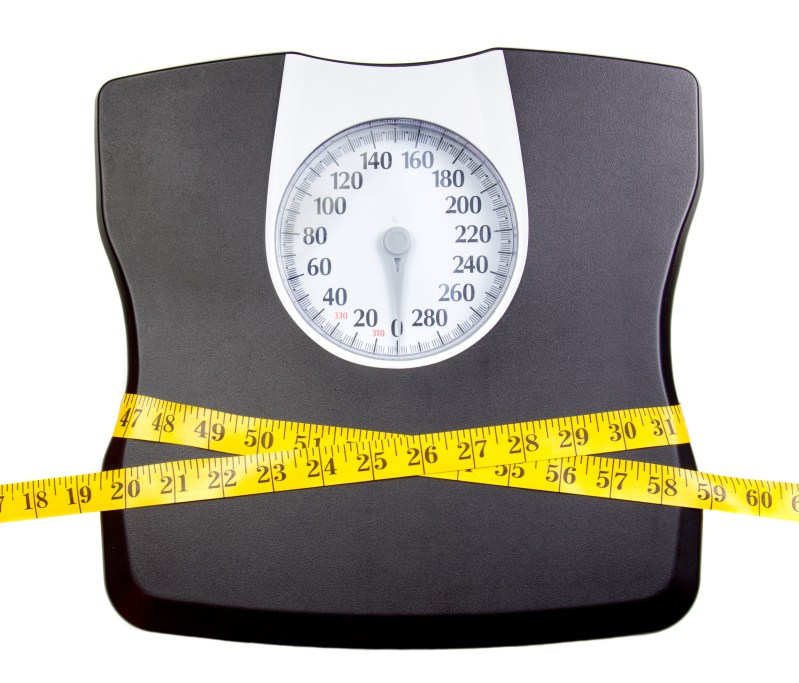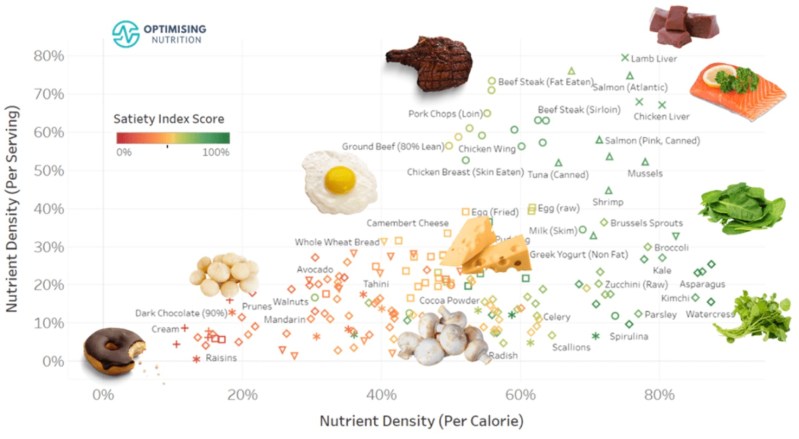
Let’s picture it: a world where you enjoy your favorite foods, savor every bite, and inch closer to your dream physique with each meal. Although it may seem like a distant dream, it is within your reach. It’s not a fantasy; instead, it’s a powerful tool with tantalizing potential. That tool? The food satiety index.
Knowledge is the most valuable asset in your quest to a healthier you. The food satiety index holds the key to unlocking your slimmer physique. Making informed food choices that satisfy and nourish you is much more effective than counting calories or depriving yourself of foods you love.
Find out how a weight loss chart can transform your body and how it can speed up your progress. Get on a sustainable path to a new you by ending diets that leave you hungry.

What is the food satiety index?
At the heart of your journey toward a leaner physique lies a revolutionary concept – the food satiety index. Developed through meticulous research conducted by the University of Sydney in Australia, this index assigns foods a unique satiety score, revealing their power to quell hunger and keep you feeling full.
But what exactly is satiety? In nutrition, satiety refers to the sensation of fullness and satisfaction after a meal. Think of it as the absence of those pesky hunger pangs that often derail your best dietary intentions.
The food satiety index works its magic by evaluating foods based on how long they keep you full. Each individual food is then scored, indicating how effectively it can stave off hunger long after consumption.
This concept parallels the more widely known glycemic index, which measures how a particular food impacts your blood sugar levels. The only difference is that the food satiety index quantifies a food’s ability to provide sustained satiation, making it a potent tool in your quest for weight loss and a healthier way of living.

How does the food satiety index score affect weight loss?
When embarking on a weight loss journey, the path can feel daunting. The constant struggle to balance enjoyment with discipline can leave you feeling overwhelmed. However, it’s here that the food satiety index emerges as your guiding light, illuminating a path that allows you to have the best of both worlds.
Traditional calorie-restrictive diets have their merits but often have a hidden price. Once you step off the strict diet wagon, the pounds tend to creep back, leaving you disheartened. This cycle of restriction and rebound is a common pitfall of many diets.
Diets can be a slippery slope, making you feel deprived and less than your best self. This is where the food satiety index becomes your ally, enabling you to make strategic and sustainable food choices. Remember, your meals should fuel you, not weigh you down.
Imagine a world where you can enjoy the foods you love without being shackled to a rigid diet plan that does more harm than good. By paying attention to the satiety index of the foods you consume, you gain the power to curb your appetite and reduce those troublesome cravings, steering you toward your long-term goals with newfound clarity.
Unlike strict diets, you’re likelier to stick to a routine when genuinely enjoying it. This index can help you not only decrease your overall calorie intake but also boost your nutrient intake simultaneously. You’re not just eating healthier; you’re witnessing the results in your waistline.
The food satiety index isn’t a quick fix but a lasting solution promoting healthier, more enjoyable eating habits. It’s a tool that empowers you to take control of your diet, making your weight loss journey effective and sustainable.

How to apply the satiety index in everyday life?
The chart pictured above by Optimising Nutrition takes the satiety index one step further. The caloric and nutrient density of the food has been taken into account here. In this way, you can easily identify the most nutrient-dense foods as they relate to how long they will keep you feeling full.
Foods situated to the right of this chart are rich in nutrients relative to their calorie content. As these foods are typically not consumed in large quantities, obtaining a substantial amount of essential nutrients would be difficult. Attempting to consume only these foods would likely leave you craving calorie-dense but nutrient-poor comfort foods later.
On the other hand, the foods positioned at the top of the chart offer a more balanced combination of nutrients per serving. These foods can serve as the centerpiece of your dietary choices because they provide sufficient energy and a generous dose of nutrients in line with our typical energy requirements.
When you sit down to plan your meals, consider consulting this chart. While the chart assigns scores to individual foods, we seldom consume foods in isolation. Our meals are a dynamic mix of ingredients, flavors, and textures. For instance, while nutrient-packed veggies like watercress and kale score high on the satiety index, relying solely on these might not provide the diverse nutrients needed for a balanced diet.
Additionally, this chart can be used to master portion control. Take those donuts, for example. While tempting, they’re notorious for their inability to keep you full and are a major source of empty calories. A quick glance at the chart reveals their low satiety index. By utilizing this knowledge, you can determine when smaller portions of a certain food make sense.
Yet, the most vital aspect of this journey is understanding your own body. Everyone responds differently to food. Some may find that certain foods satisfy them for hours, while others might experience a post-meal energy crash. This individualized insight is the cornerstone of long-term weight loss.
As you ponder your food choices, keep the satiety index close at hand. Make it your trusted companion in the quest for healthier eating habits. The next time you stand before an open fridge or peruse a restaurant menu, let this chart guide your decisions. It’s not just a one-time reference; it’s your enduring ally on the path to a slimmer, more vibrant you.
As you move forward, think of the index as more than just numbers on a chart. Think of it as your compass, guiding you toward a life where every dish is delicious and healthy. Put an end to the rollercoaster of restrictive diets and embrace a path where satisfaction and health exist in harmony.



